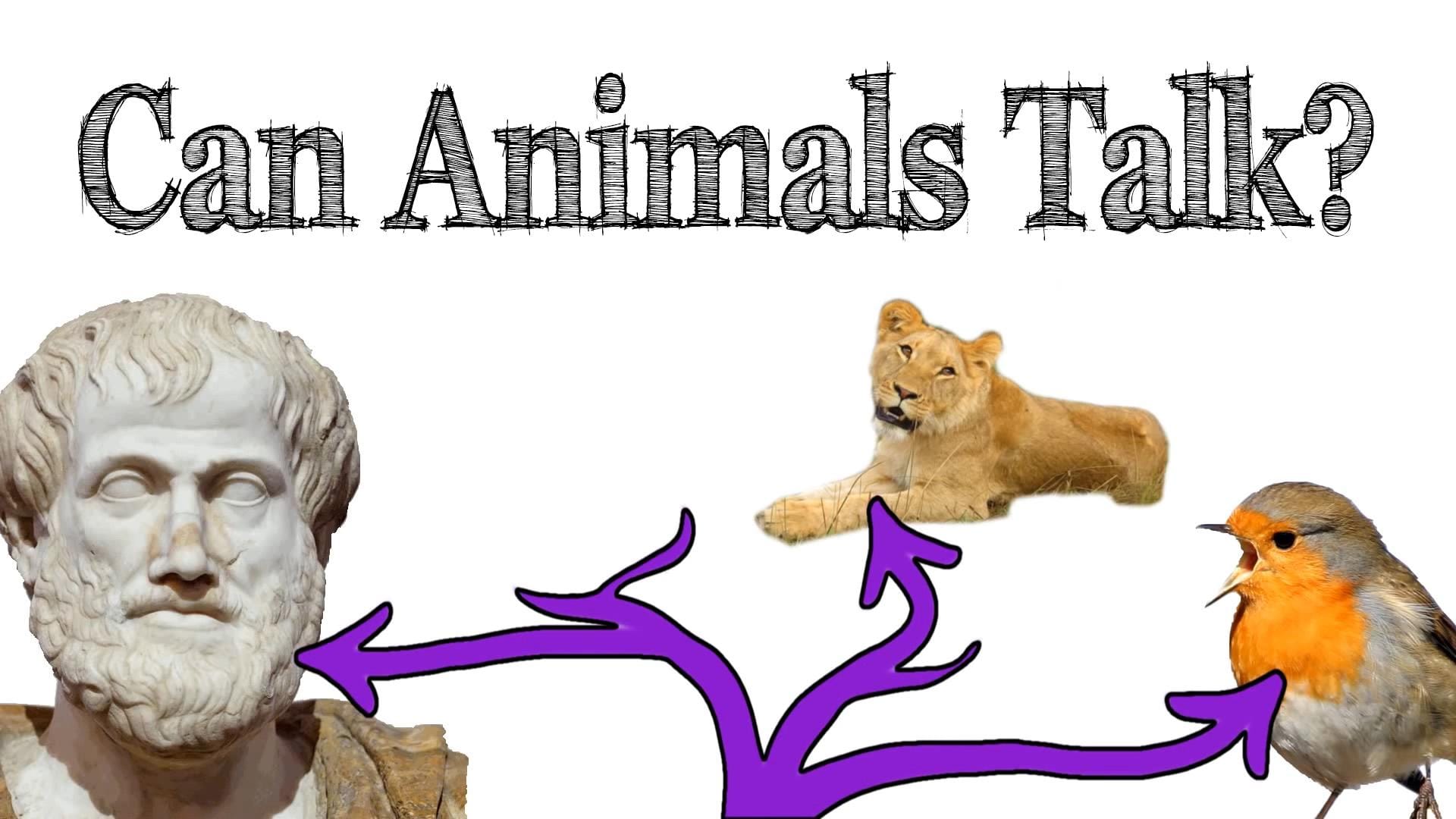The formation of celestial bodies in our solar system has long fascinated astronomers and planetary scientists. Among these bodies, Pluto and its largest moon, Charon, have garnered significant attention due to their unique characteristics and the complex relationship they share. Recent studies have proposed a new theory regarding their formation, suggesting that they may have originated from a “kiss and capture” collision. This theory offers a fresh perspective on the dynamics of the Kuiper Belt, where both Pluto and Charon reside.
The kiss and capture collision theory posits that Pluto and Charon were once part of a larger system of celestial bodies. According to this hypothesis, a gravitational interaction with another object in the Kuiper Belt caused a close encounter between Pluto and Charon. During this encounter, the two bodies experienced a brief but intense gravitational interaction, akin to a “kiss.” This interaction was strong enough to alter their trajectories, leading to Charon being captured by Pluto’s gravity.
This theory is particularly intriguing because it challenges previous models of how Pluto and Charon formed. Traditionally, it was believed that Charon formed from debris resulting from a massive impact on Pluto. However, the kiss and capture theory suggests a more dynamic and complex interaction between celestial bodies in the Kuiper Belt. This new understanding emphasizes the role of gravitational forces in shaping the orbits and relationships of objects in this distant region of our solar system.
The implications of the kiss and capture collision theory extend beyond the relationship between Pluto and Charon. It raises questions about the formation of other celestial bodies in the Kuiper Belt and the processes that govern their interactions. The Kuiper Belt is home to a diverse array of objects, including dwarf planets, comets, and asteroids. Understanding the dynamics of this region is crucial for unraveling the history of our solar system.
One of the key aspects of the kiss and capture theory is its emphasis on the role of gravitational interactions in shaping the orbits of celestial bodies. In the vastness of space, objects are constantly in motion, influenced by the gravitational pull of nearby bodies. This interaction can lead to a variety of outcomes, including collisions, captures, and ejections. The kiss and capture theory highlights the importance of these interactions in the formation and evolution of celestial systems.
Furthermore, the study of Pluto and Charon’s formation can provide insights into the processes that govern the formation of other planetary systems. By examining the dynamics of the Kuiper Belt, scientists can gain a better understanding of how similar systems may have formed in other parts of the universe. This research has implications for our understanding of planetary formation and the potential for habitable worlds beyond our solar system.
In addition to its scientific significance, the kiss and capture collision theory also underscores the importance of continued exploration of the outer solar system. Missions such as NASA’s New Horizons, which conducted a flyby of Pluto in 2015, have provided valuable data about these distant worlds. As technology advances, future missions may offer even more insights into the formation and evolution of celestial bodies in the Kuiper Belt and beyond.
In conclusion, the kiss and capture collision theory presents a compelling new perspective on the formation of Pluto and Charon. By suggesting that these two bodies may have originated from a dynamic gravitational interaction, this theory challenges traditional models of their formation and highlights the complexity of celestial dynamics in the Kuiper Belt. As research in this area continues, it is likely that our understanding of the processes that shape our solar system will evolve, revealing new insights into the nature of planetary formation and the intricate relationships between celestial bodies.



